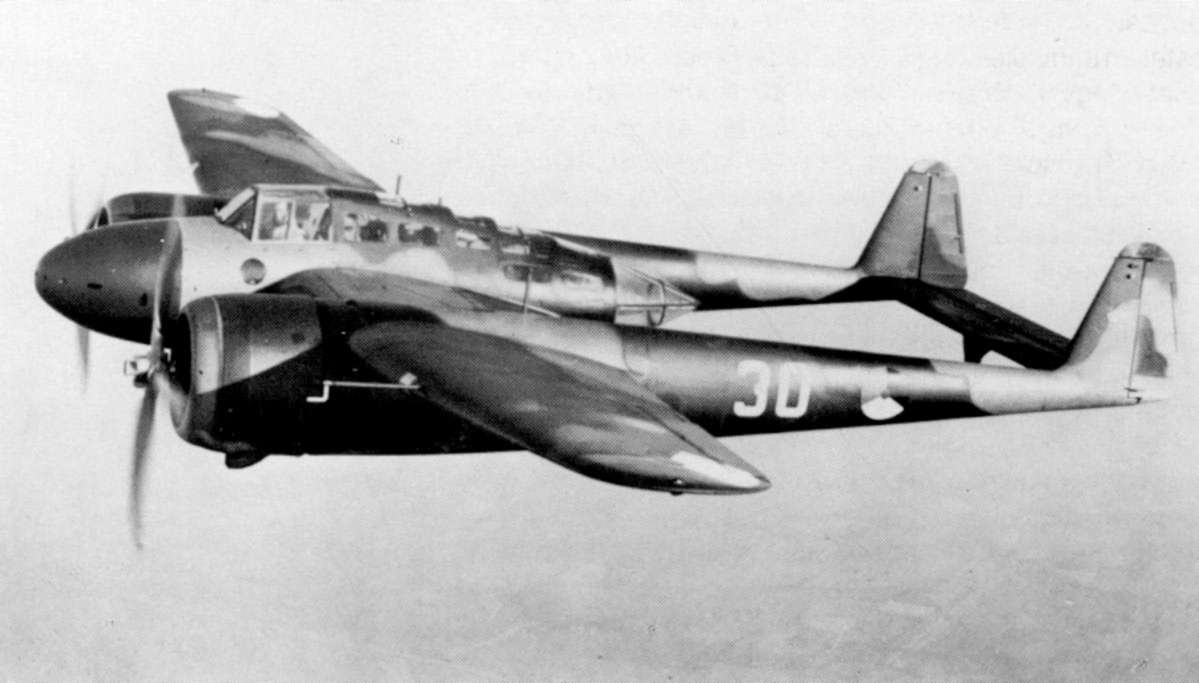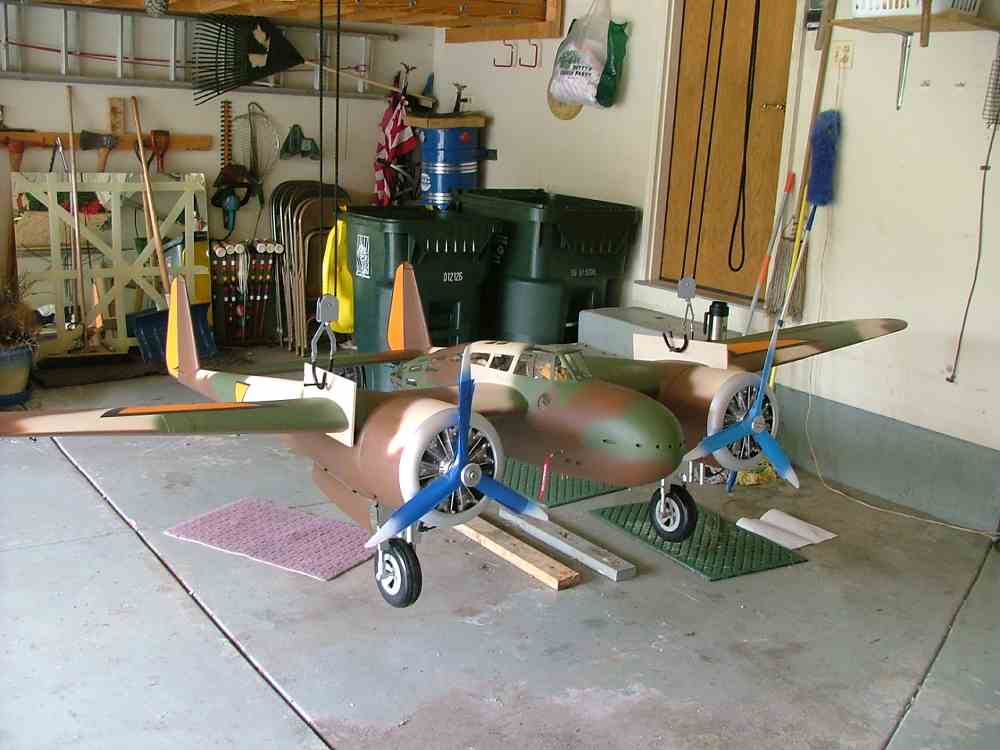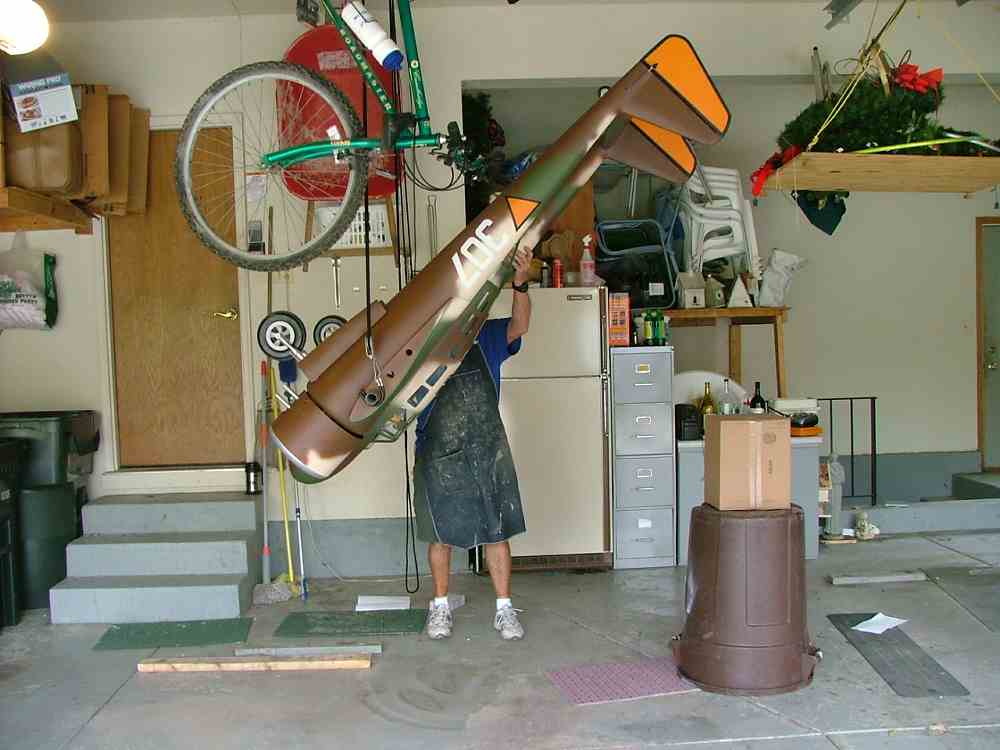Flying Fokker G.1 replica in the works
Wed May 27, 2009 5:37 pm
Flying Fokker G.1 replica in the works in the Netherlands
A lot of research so far & great 3D modelling.
http://www.fokker-g1.nl/inleiding-EN.htm





A lot of research so far & great 3D modelling.
http://www.fokker-g1.nl/inleiding-EN.htm





Wed May 27, 2009 8:08 pm
For those of you curious as to what a G.1 is


Wed May 27, 2009 8:14 pm
Michel Lemieux wrote:For those of you curious as to what a G.1 is
Thanks Michel. I was indeed curious (and too lazy to look it up for myself). That is a cool lookin' machine! Was it a huge failure or something? I've never seen one of those, and I thought Fokker made a pretty good airplane.
Is this replica going to be a flyer?
Gary
Wed May 27, 2009 8:19 pm
Yup, that is their intention.
Look at this......Man...what a rate of climb on take off for such a size bird with 2 mercury
http://www.youtube.com/watch?v=P9xv94guCw0
Look at this......Man...what a rate of climb on take off for such a size bird with 2 mercury
http://www.youtube.com/watch?v=P9xv94guCw0
Wed May 27, 2009 8:29 pm
Wow. Impressive machine. What a neat project those folks are taking on! Are the wings wood? They sure look slick in the movie footage. That's odd how the tail wheel is right in the middle of the horizontal stabilizer. That thing must've been beefed up big time!
Gary
Gary
Wed May 27, 2009 9:29 pm
From Wiki.
The FW-189 Owl also had a similar tail wheel arrangement, but was also retractable on top of that. Mind you, it was also a much litghter plane.
The FW-189 Owl also had a similar tail wheel arrangement, but was also retractable on top of that. Mind you, it was also a much litghter plane.
Like all Fokker aircraft of the period, the G.I was of mixed construction; the front of the central pod and the tail booms were built around a welded frame, covered with aluminium plating. The back of the central pod, however, as well as the wings, had a wooden frame, covered with triplex, a technique also used in Fokker's successful passenger aircraft at that time.[3]
The G.I prototype powered by 485 kW (650 hp) Hispano-Suiza 14AB-02/03 engines had its first flight at Welschap, Eindhoven on 16 March 1937 with Karel Toman-Mares at the controls.[4] (Later, Emil Meinecke took over much of the test flights.)[5]The maiden flight went well, but a subsequent test flight in September 1937 ended with a supercharger explosion that nearly caused the loss of the prototype. [5] The accident prompted a replacement of the Hispano-Suiza engines with 559 kW (750 hp) Pratt & Whitney SB4-G Twin Wasp Junior engines.
Thu May 28, 2009 9:08 am
Michel and others,
Message from Holland.
These are two projects regarding the magnificent Fokker G1 fightercruiser.
The pics you posted are of Mathieu v/d Bosch' static Fokker G1 fuselage nacelle only reconstruction. Apart from that the Fokker G1 Foundation has been beavering away for years to reconstruct the drawings to enable a static (to factory specifications) airframe to be built and if that is successful a hoped for airworthy example may be constructed.
As Fokker has done nothing to preserve the actual drawings these are being painstakingly reconstructed first as no examples have survived.
Mathieu and the Fokker G1 Foundation are working together but both projects are seperate.
Cheers
Cees
Message from Holland.
These are two projects regarding the magnificent Fokker G1 fightercruiser.
The pics you posted are of Mathieu v/d Bosch' static Fokker G1 fuselage nacelle only reconstruction. Apart from that the Fokker G1 Foundation has been beavering away for years to reconstruct the drawings to enable a static (to factory specifications) airframe to be built and if that is successful a hoped for airworthy example may be constructed.
As Fokker has done nothing to preserve the actual drawings these are being painstakingly reconstructed first as no examples have survived.
Mathieu and the Fokker G1 Foundation are working together but both projects are seperate.
Cheers
Cees
Thu May 28, 2009 10:52 am
A gentleman by the name of Merlyn Graves is building a very large scale model of the G.1 as seen below. I know it's not full size but it will fly. And no, the props are not blue, they are taped off for painting the tips.

To give an idea of the size.


To give an idea of the size.

Thu May 28, 2009 2:26 pm
Hi Cees.....
Tks for the extra info & best of luck to these guys.
You do have to reccognize passion when you see it. Which is definitively the case here.
Nice model Chad
Tks for the extra info & best of luck to these guys.
You do have to reccognize passion when you see it. Which is definitively the case here.
Nice model Chad
Re: Flying Fokker G.1 replica in the works
Thu Aug 26, 2010 7:13 am
Hi guys,
Yes, this project of ours (Fokker G-1 foundation) is a real challenge since, as Cees pointed out, hardly any material has survived. That what has survived the warperiod was destroyed by Fokker itself in the 1960's (burnt!)
Now, we have to travel across Europe to find whatever we can (Finland, Denmark, Sweden, Germany... all countries with Fokker G-1 connections). It's a big puzzle!
But, we won't give up. We are around since 1997 and are still going strong!
Yes, this project of ours (Fokker G-1 foundation) is a real challenge since, as Cees pointed out, hardly any material has survived. That what has survived the warperiod was destroyed by Fokker itself in the 1960's (burnt!)
Now, we have to travel across Europe to find whatever we can (Finland, Denmark, Sweden, Germany... all countries with Fokker G-1 connections). It's a big puzzle!
But, we won't give up. We are around since 1997 and are still going strong!